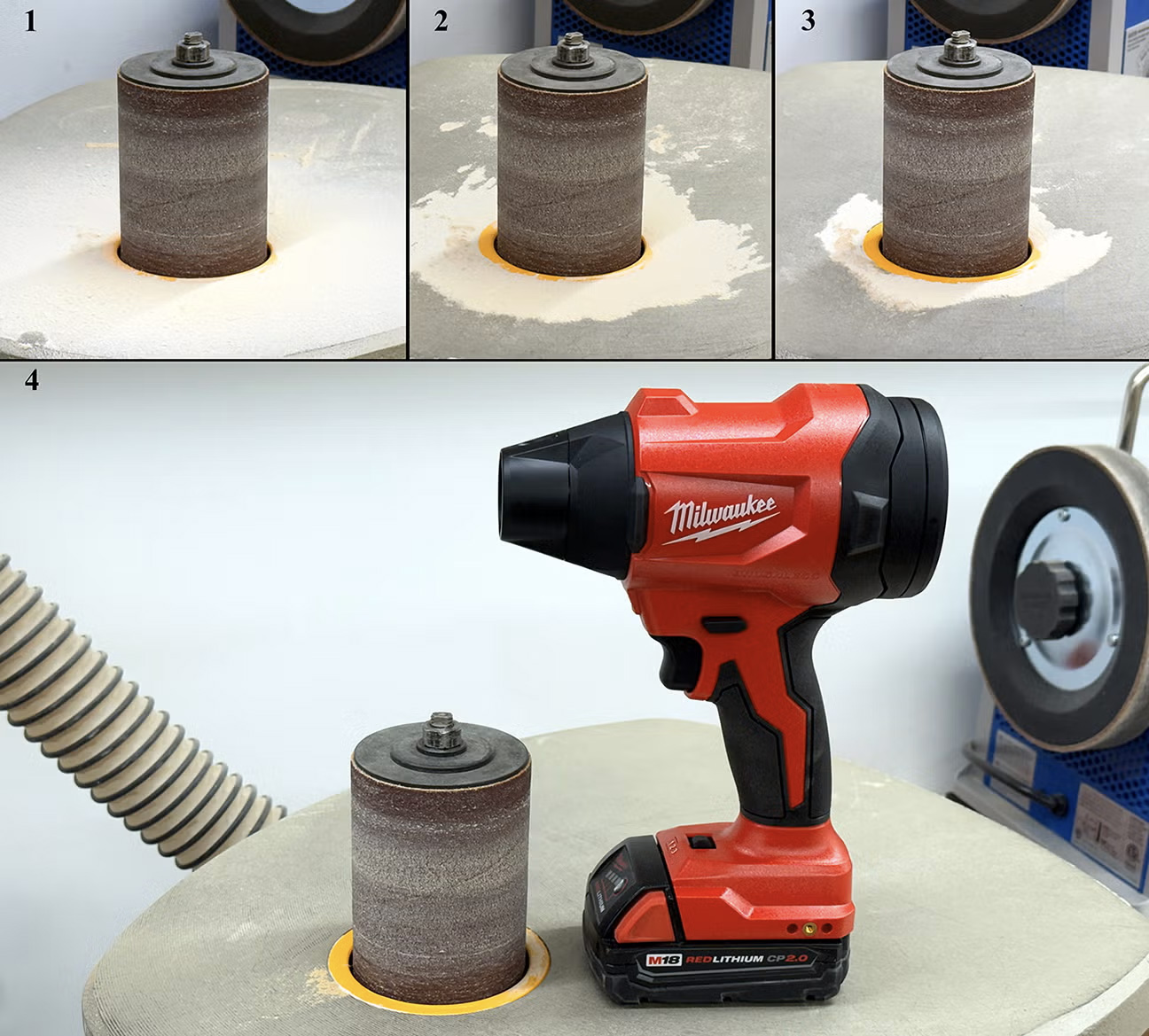We may receive a commission when you use our affiliate links. However, this does not impact our recommendations.
This is the second part of Evolution of a Woodworker. (Don’t bother to look for the first of the series. Like every great trilogy should, I’m starting in the middle.)
Once I decided to turn my obsession of building furniture into my profession, I needed to select the style for which I felt the most passion, and with which I was the most comfortable building. That was an easy call at the time. If you directed me into the shop to build any piece I wanted, it would be Shaker. The Shaker lines, philosophy and simplicity of design made this the place I , as well as many woodworkers , started.
 I began with smaller projects that stood the test of time, both in the antique world and the reproduction-furniture world. One of my earliest pieces is a hanging shelf that is the “I Can Do That” project for the upcoming June 2007 issue of Popular Woodworking. As my confidence and skills improved, more complicated Shaker pieces came into my range. I built a number of cupboards that continued to gain in size and complexity, but never really got interested in the Shaker chests of drawers. I was pushing myself to grow as a woodworker , something that we all need to do. If you’re not moving forward, you’re losing ground.
I began with smaller projects that stood the test of time, both in the antique world and the reproduction-furniture world. One of my earliest pieces is a hanging shelf that is the “I Can Do That” project for the upcoming June 2007 issue of Popular Woodworking. As my confidence and skills improved, more complicated Shaker pieces came into my range. I built a number of cupboards that continued to gain in size and complexity, but never really got interested in the Shaker chests of drawers. I was pushing myself to grow as a woodworker , something that we all need to do. If you’re not moving forward, you’re losing ground.
I visited an antique show at the Hancock Shaker Village and found the “holy grail” of Shaker craftsmanship. Walking the second floor of the round stone barn, I was drawn to a Shaker Sewing Desk and was determined to add that piece to my portfolio. When I built my first sewing desk , in my opinion the most interesting piece of all Shaker craftsmanship , I knew I was ready to move to a new furniture style.
That style was Queen Anne. At the beginning, I was scared of cabriole legs. I thought it better to purchase legs than to make them in the shop. Finally I stepped up to the plate , or band saw, as it were , and cut the curvy profile from a chunk of tiger maple.
Boy was I steamed. I had spent a few years in the shop anxiously studying the process, aggravated over my conceptual inability to create this mainstay of Queen Anne design only to find out how simple the task was. All you need to do is follow the lines while cutting at the band saw. The rest , shaping and fine-tuning , was defined with the cut.
 No stopping me now. I built Queen Anne furniture that also ran through the “bigger and bolder with each piece” process until I reached a bonnet-top high chest of drawers. Stop! I started studying the piece from the base to the top , just the way you want someone’s eyes to travel as they study your work to judge its worthiness.
No stopping me now. I built Queen Anne furniture that also ran through the “bigger and bolder with each piece” process until I reached a bonnet-top high chest of drawers. Stop! I started studying the piece from the base to the top , just the way you want someone’s eyes to travel as they study your work to judge its worthiness.
No problem with the legs. Been there, done that. Of course there are plenty of drawers and hand-cut dovetails to go with them. I could handle that (although there was a significant turning point in my dovetailing that I’ll save for a future entry). But, cast way at the top was a broken-arch pediment, and lurking on that pediment was a gooseneck moulding , a handy bit of carving work in the 18th century; I wondered if I was up to the task.
By now you know that I’m not the “hand-tool guy” , so I turned to the router to aid in making those mouldings. I had a set of bits made to match the desired profile and completed the gooseneck with a little carving. Add in a fan or two that also caused me to face the monster head on, and I was off to the races. There wasn’t a Queen Anne piece that I didn’t feel I could conquer. Time to slide into the next period.
That period, for me, was Federal. I was , and still am , captivated by the mixing and matching of hardwoods that this period demands, and the bits of veneer that draw you into the work. I like the flamboyant nature of this design. This time, I started at what I consider the apex , the designs of John and Thomas Seymour.
In my first book, “Fine Furniture for a Lifetime” (Popular Woodworking Books), I included the Seymour sideboard or “Mixingboard” (a piece on which folks would mix alcoholic beverages). When the sideboard was completed, it took my breath away. Not to sound conceited, but I was in awe when I finished the piece , so much so that I have this piece in my house today, and always will. That’s something that doesn’t happen often because most woodworkers want to improve their work, and thus find faults with everything they’ve built. If asked to build a piece a second time, most would make at least a few changes. This is one of the very few pieces I’ve made on which I wouldn’t change a thing.
While this was my initial foray into Federal design, it wasn’t the most fun piece I’ve built. That honor goes to the Baltimore Card Table in Popular Woodworking (issue #148). Figuring the blocking of the apron and how to add the stringing to that apron was great fun. This piece is also in my house , this time at my wife’s insistence.
This was my path through different furniture periods and designs. I still enjoy going back to the early styles that first captured my attention, but if you were to ask me which piece I’d build in the shop today, the answer would be quite different than it was some 15 years ago.
What’s next? The first part of the “Evolution of a Woodworker” trilogy. Bet you can’t wait!
Here are some supplies and tools we find essential in our everyday work around the shop. We may receive a commission from sales referred by our links; however, we have carefully selected these products for their usefulness and quality.










